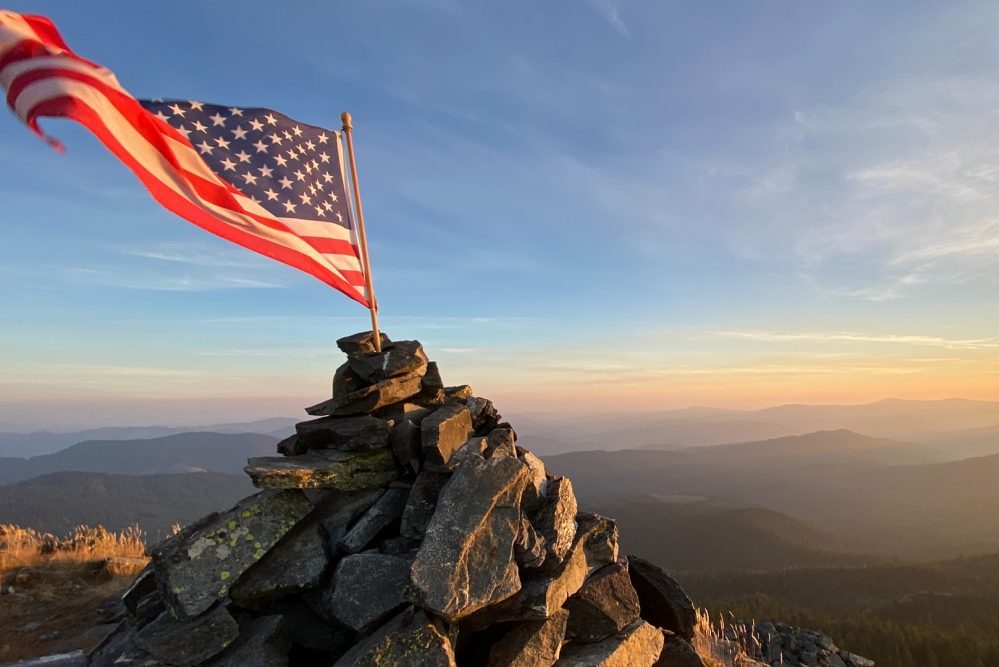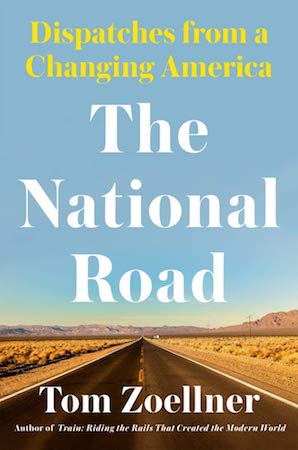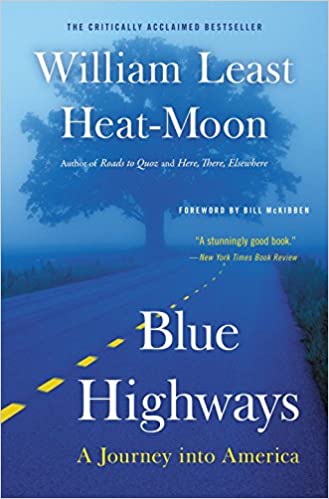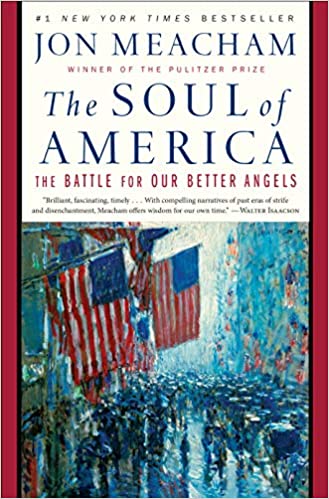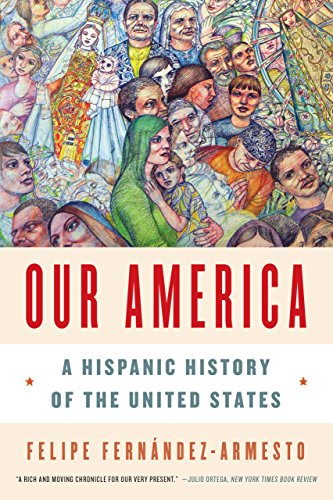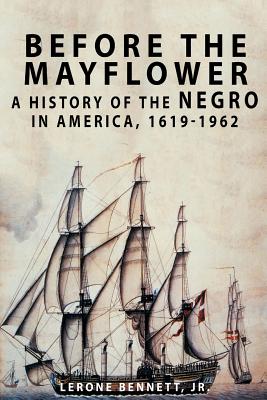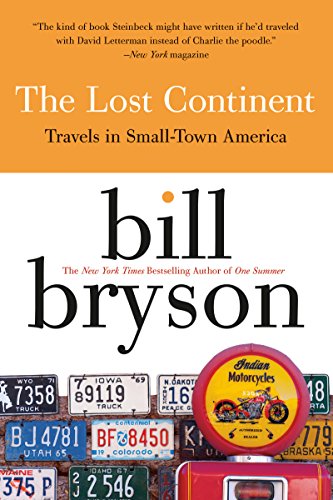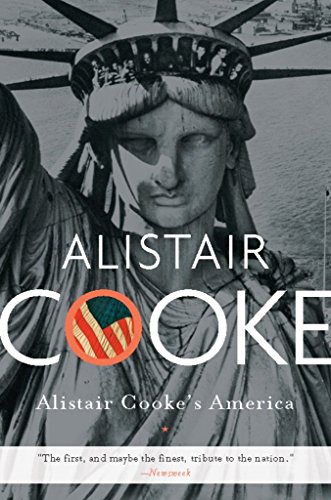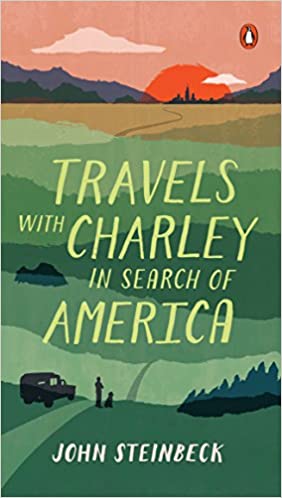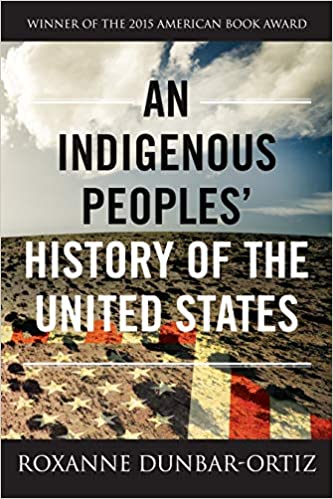Electric Lit relies on contributions from our readers to help make literature more exciting, relevant, and inclusive. Please support our work by becoming a member today, or making a one-time donation here.
.
The most visited article in Wikipedia’s vast domain is the one called “United States,” but with just thirteen subsections it is far from the longest. Perhaps this is because no one article—or book, or multivolume collection—could ever paint a full and accurate picture of this country in all its baffling kaleidoscope facets.
This hasn’t been for lack of trying. Just as the white whale of “The Great American Novel,” or GAN in abbreviated form, has been a longstanding in-joke among fiction writers, so too have nonfiction writers sought to write the one opus that would at last put the essence of the United States between two covers. Let’s call it the “Defining America Volume,” or DAV.
I looked upon the height of this mountain and despaired when I was putting together my essay collection The National Road: Dispatches from a Changing America, which seeks to express the country’s legacy through a patchwork of reported stories that point toward an unseen whole. This micronarrative strategy was the only approach that made sense to me. As the creative writing bromide goes: the wider the subject you take on, the more you risk writing useless generalities that reach for everything and grab nothing.
There’s a distinguished cavalcade of authors, however, who took the chance and tried to write one nonfiction book that encapsulated the grandeur, folly, ugliness, bravado, idealism, and tempestuousness of the United States of America. They aimed for the DAV. All failed in the own ways. But some did a better job than others.
Blue Highways, by William Least Heat-Moon
After getting laid off and divorced at age 38, Moon set out from his Columbia, Missouri home in a rehabbed van he called “Ghost Dancing,” resolving to travel through the U.S. only on little county and state roads. He visits towns with quirky names—Dime Box, Texas; New Freedom, Pennsylvania; Whynot, Mississippi—and chats up locals who tell him the unusual stories of their lives. He reaches few of his own conclusions about national spirit, preferring to let the unheard people speak.
A People’s History of the United States, by Howard Zinn
An oft-assigned college textbook, this fierce retelling of the nation’s story is channeled through the unapologetic lens of class and racial divides, emphasizing the uncomfortable repeating pattern of rich people’s wars fought by the nation’s poor and dispossessed. He trains his visions on the labor leaders, civil rights activists, poets, farmers and suffragists who insisted the country live up to its founding ideals that got lost along the way.
Inside U.S.A., by John Gunther
A magisterial book whose ambition and scope defies belief. The author traveled to all the states in the nation—there were then 48—and talked to anyone there who would stand still. His two main questions: Who runs this place? What makes this place distinct? Figures, facts, personalities and landscapes come together in succinct portraits that culminate in a masterpiece of a final chapter. The result is the most readable almanac you’ve ever picked up, as well as the finest one-volume portrait of the U.S. ever written. Gunther was a journalist first, a poet second and a thoughtful patriot to the end.
Our Towns, by James and Deborah Fallows
While presidential politics was entering a clown show phase in 2016, the husband and wife team set out in a Cirrus SR22 light aircraft to small cities across the country that showed both sanity and competence in their day-to-day management. A policy version of Blue Highways, the Fallows found enduring elements of America on the local level that go beyond the usual civic pieties. Their version of Gunther’s question: “What makes this town go?” yielded a banquet of surprising answers.
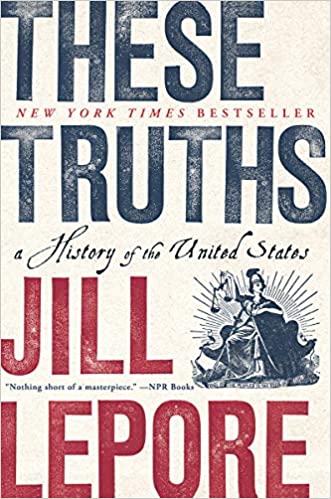
These Truths, by Jill Lepore
The Harvard historian takes us from 1600 up to 2018 in a whopper of a volume that cannot possibly have everything stuffed into it. But Lepore makes a valiant attempt to fit in as much color and analysis as possible in 955 pages about the first nation in the world, as she puts it, to be governed “not by accident and force but by reason and choice.” Wars, strikes, riots, slavery, new religions, emancipation, skyscrapers, railroads, movies, highways, muskets, prisons, capitol swamps—all of it pinned down in readable prose, never minding what had to be left out for space. Lepore could have been writing this DAV for the rest of her career.
The Soul of America, by Jon Meacham
With Sewanee bearing and a gentleman’s club voice, Meacham is like an Episcopalian chaplain of the nation’s heritage in his frequent television appearances to offer long-range commentary on current events. His approach here—contra Zinn—is top-down: he wants to show how moral leadership in high places helped contain potential monstrosities rising up from below. Thus we see how Ulysses S. Grant helped quash the first version of the Ku Klux Klan, how Theodore Roosevelt extended the hand of friendship to Booker T. Washington, and how Abraham Lincoln made a call to “the better angels of our nature.”
Our America: A Hispanic History of the United States, by Felipe Fernandez-Armesto
If 17th-century naval history had only gone a different direction, the middle part of the North American continent would be firmly Latin instead of a wayward project of the British. Even as it is, vast parts of the current United States—Florida, Texas, California and much of the country in between—was under the watch of the King of Spain long before the stars and stripes flew over it. The story told by Fernandez-Armesto is one of retreating political borders during westward Anglo expansion, but also constant cultural enrichment; significant economic and artistic contributions; and a hopeful look to the future where the global conception of the United States is inseparable from its rich Latin past.
States of Mind, by Brad Herzog
America by way of #vanlife once again, as Herzog and his wife buy an RV and point it toward towns with funny names, in the spirit of Blue Highways, but with a gimmick: all the chosen destinations have evocative names, like Inspiration, Arizona; Love, Virginia; Wisdom, Montana; Justice, West Virginia. In each place, Team Herzog seeks out conversations with locals in the hopes that one of them might spit out a story that fits the premise of the town name. If this concept sounds cornball and forced, you’re not wrong. In some towns, you can feel the author’s mind working overtime to spin second-rate material into a passable moral lesson so everyone can move on.
Before the Mayflower, by Lerone Bennett, Jr.
The broad sweep of African-American experience in North America, starting in West African societal structures and continuing to the Middle Passage, slavery, sharecropping, the Great Migration, civil rights, the arts, protest, and contemporary politics. Saying everything about this gigantic subject is as hopeless as summarizing all of America in words, but Bennett’s work is by far the most complete and authoritative attempt.
The Lost Continent, by Bill Bryson
A young male journalist jumps in a vehicle and makes a giant loop around the country making witty observations along the way. This idea is as least as old as the railroad, and has been seized on by a diverse cast including J. Ross Brown, Mark Twain, Matt Field, Josiah Gregg, Ian Frazer, Richard Grant, and Jonathan Raban. To this groaning table, Bryson brings his characteristic mix of casual erudition mingled with wit, though he mainly finds reasons to be grumpy. Rural folk don’t come off particularly well in this supposed paean to small-town America.
The Penguin History of the U.S.A., by Hugh Brogan
It’s hard to write about the U.S. in any capacity without taking an identifiable point of view or making an academic argument of sorts, but this 737-page tome plays it scrupulously down the middle. The prose is windowpane-clear and the values kept muted. You might call this a dispatch of the last 400 years from the Associated Press. As DAVs go, it’s pretty hard to beat from a pure “what happened” point of view.
Alistair Cooke’s America, by Alistair Cooke
The avuncular British sage made a cottage industry of explaining the United States to his readers back home, and this illustrated apologia was a companion to a lengthy PBS series of the same name first aired in 1973. If you find it on your grandparent’s coffee table, it would be no surprise: it sold more than a million copies and tells a story that hews pretty closely to the traditional textbook line. More of a celebration than an assessment, its scope is still impressive.
Travels With Charley, by John Steinbeck
Yet another middle-aged guy tricks out a van and tries to understand the country. Marked by breezy writing, curmudgeonly gripes about technology, and fast drive-by assessments, this one-time classic has come in for recent scholarly criticism based on revelations that Steinbeck had his wife with him far more often than he let on, and that his encounters were more embroidery than fact.
An Indigenous Peoples’ History of the United States, by Roxanne Dunbar-Ortiz
A sharp challenge to the “untouched wilderness” idea of the continent, celebrated by eastern expansionists and textbooks up to this day, Dunbar-Ortiz relentlessly takes apart the romantic mythology that dominates traditional portraits of Native Americans and reveals the complex political societies that existed here long before the arrival of British religious separatists and Spanish adventurers, and have struggled to maintain cultural integrity in the intervening centuries. The story of territorial and human loss is enriched with anthropological details left out of many conventional histories.
Democracy in America, by Alexis de Tocqueville
The granddaddy of all the DAV texts, and one that stands as the least-read but most-pedantically quoted book ever written about the United States. Tocqueville came to the country from France in 1831 on a mission to study its penal system, but he quickly upgraded his mission for a bigger look. He is at his best when he examines the flexibility of American speech—the folks at the tavern, the barbershop, and the horse stables who make plays on words and invent new ways of thinking about the relationship between humanity and its governors.
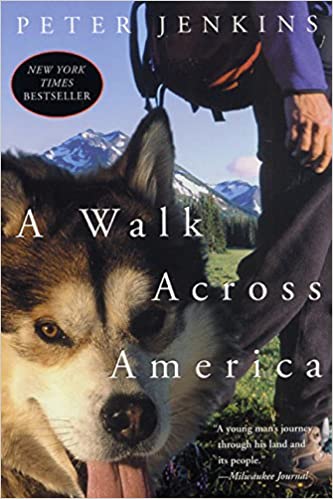
A Walk Across America by Peter Jenkins
This Alfred College dropout was not the first person to walk across the country as a stunt—Charles Fletcher Lummis walked from Ohio to L.A. to take a newspaper job in 1884—but Jenkins’s account of his walk from upstate New York to New Orleans arrived at a time when Americans were sick of hearing about Vietnam and high gas prices and receptive to the neo-patriotic observations of a reformed hippie. Jenkins writes in basic prose of his visits with random people in out of the way places, and his sense of wonder and joy helps propel him south. That he meets his first wife at a Louisiana seminary also helped make this 1977 DAV a bestseller.
